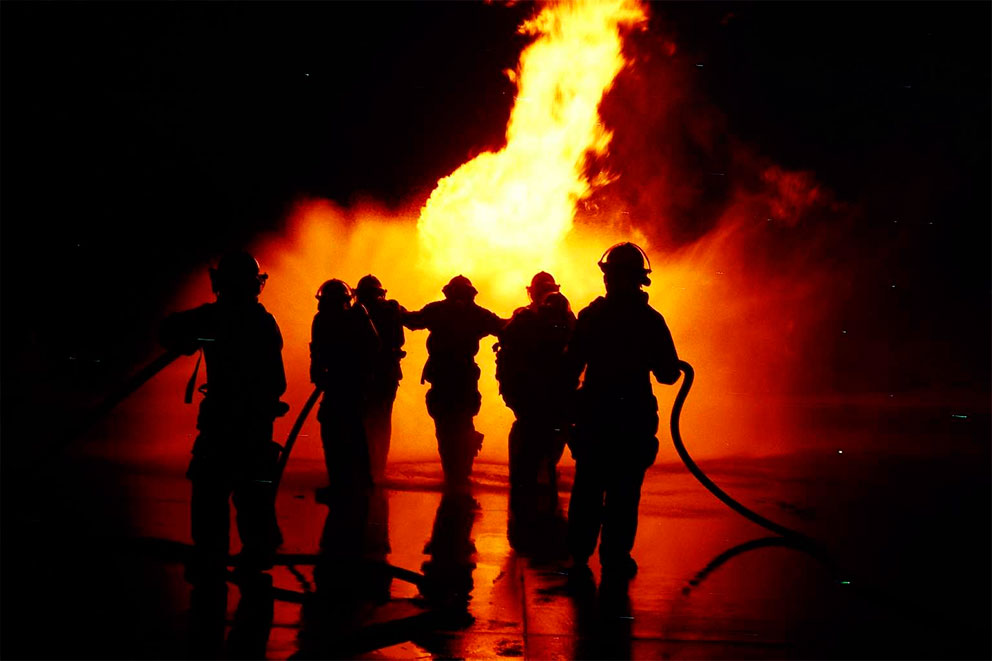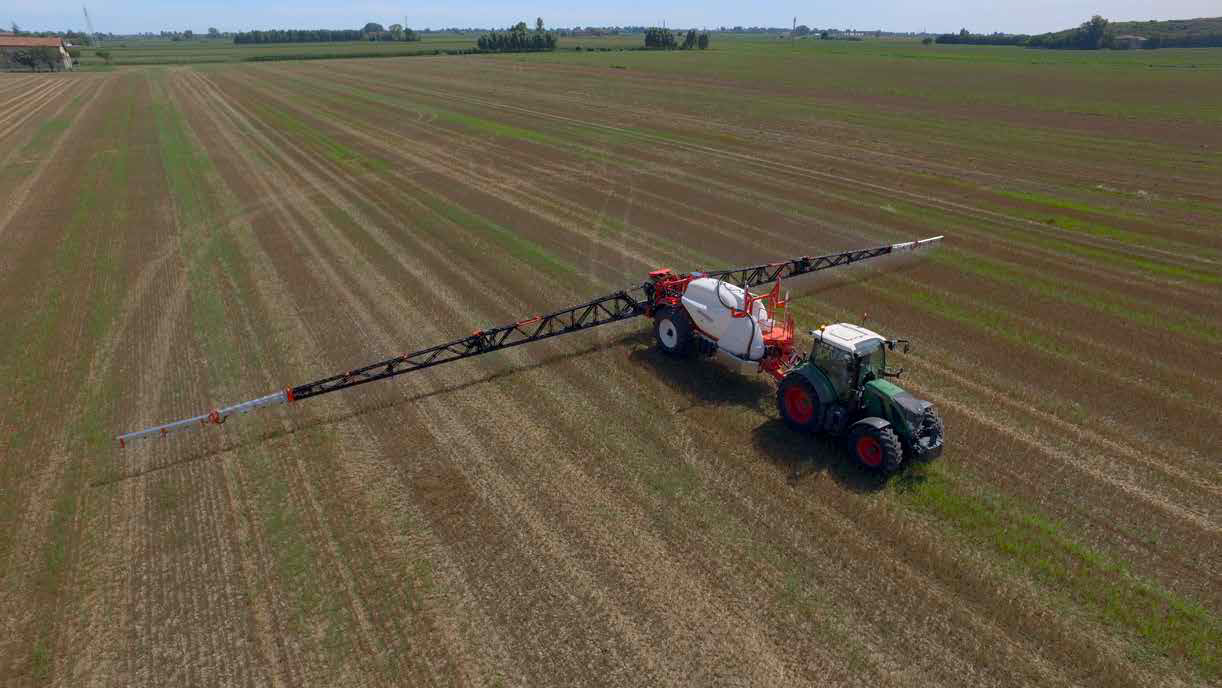The Object of this Study
This study revolves around fire risk verification of tunnel sections of a railway tunnel located in Florence and known as the “Imbocco Nord Riffredi – Opera di Scavalco – Tratto E-M”. It is part of the high speed Milan-Naples railroad in Italy. A structural performance is evaluated after 120 minutes of fire exposure to the tunnel.
In this study the concrete tunnel section is discretized using longitudinal and shear truss fibers, together with stiff coupling elements where a transient heat fire analysis takes place. A single model was employed to perform a full quasi static one-way-coupled thermo-mechanical analysis, where first temperatures and then internal forces are computed. Due to the number of temperature dependent constitutive relationships adopted within a single model, many simplified tuning exercises were investigated to match known results for situations where some of the simulation variables were kept constant.
Internal Force Distribution for Various External Actions
The computation of the internal forces by integration over groups of fibers is obtained through an automated procedure written using the Strand7 API to extract axial forces and bending moments acting over the whole section.
Conclusions
The study concluded that numerical simulation can be considered the most effective way to handle fire safety in the general design of tunnels since to scale models are impractical. The results obtained can be a starting point for strength optimization in new tunnel design as well as an effective tool for the fire-safety certification of existing structures.

Axial force vs. time, bending moment vs. time, total deformation of the concrete tunnel after 120 min of fire exposure


